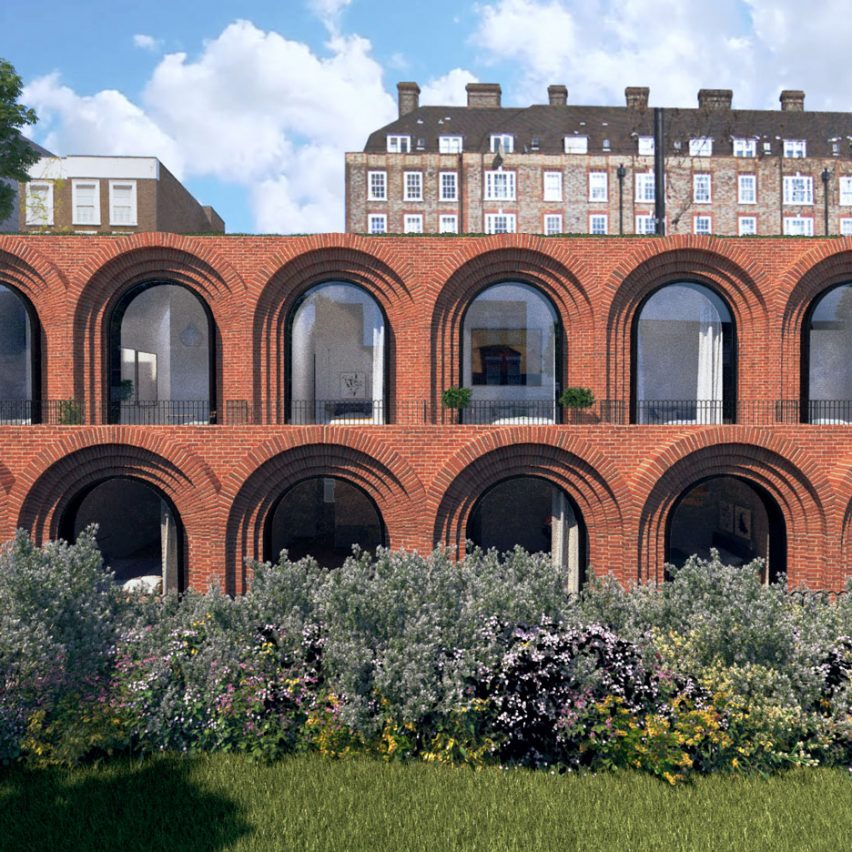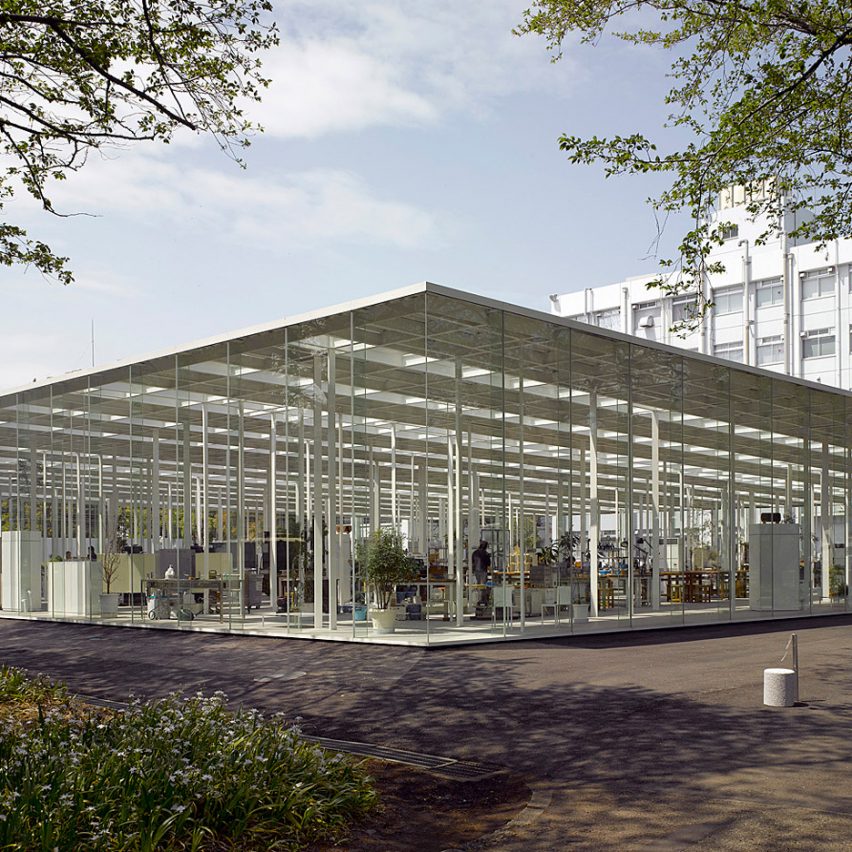Home design ideas
The D*Haus Company to replace derelict petrol station with decorative brick terrace

The D*Haus Company has revealed visuals of The Arches, a row terraced houses in London that will be characterised by rounded windows and red brick walls. When built, The Arches will replace an abandoned petrol station in the Dartmouth Park Conservation Area, and comprise six three-storey sunken houses. The D*Haus Company’s design is informed by both the
The post The D*Haus Company to replace derelict petrol station with decorative brick terrace appeared first on Dezeen.



